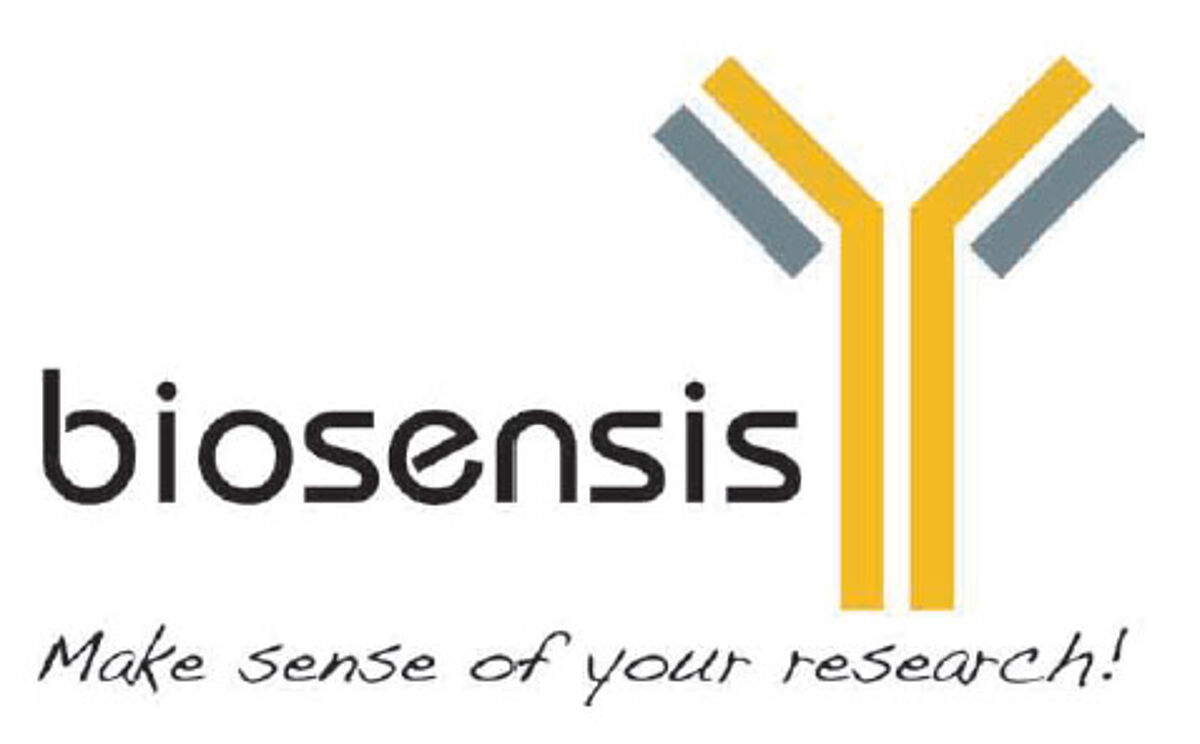Alzheimer's disease (AD) is the most common type of dementia, accounting for an estimated 60-80% of all cases. But with no available cure, establishing a better understanding of AD pathophysiology is essential to develop effective treatments.
Alzheimer’s disease pathogenesis
AD is a progressive neurodegenerative disorder that typically manifests with memory loss, apathy, and depression. Confusion and behavioral changes may occur next, followed by difficulty with walking, speaking, and swallowing. Ultimately, AD patients become bed-bound, with most surviving an average of just four to eight years from diagnosis1. With age being a major risk factor for AD, and people generally living longer, Alzheimer’s disease represents a growing socioeconomic burden.
Familial vs. sporadic Alzheimer’s disease
AD is broadly classified as familial or sporadic. Familial AD, which is linked to mutations in the Presenilin-1 (PSEN1), Presenilin-2 (PSEN2) or Amyloid Precursor Protein (APP) genes, presents in individuals under 65 years of age (early onset) and makes up around 1-5% of all AD cases. Sporadic AD tends to occur in patients above 65 years of age (late onset) and constitutes 95% of cases2.
Despite being less common, familial AD is of critical importance to researchers as it allows for asymptomatic individuals to be recruited to clinical trials and observational studies. Because the pathophysiological hallmarks of AD start to appear 20-30 years before the onset of symptoms, these types of investigations provide opportunities for developing preventive measures3.
Pathological hallmarks of Alzheimer’s disease
AD is characterized by two main pathological hallmarks, which occur at distinct locations within the brain. Specifically, plaques comprising the amyloid beta (Aβ) protein are found in the extracellular space surrounding neurons, while neurofibrillary tangles (NFT) formed by the microtubule-associated protein tau are intraneuronal.
Aβ plaques result from abnormal processing of APP, a type I transmembrane glycoprotein that is widely expressed by neurons. In healthy individuals, APP is cleaved by A Disintegrin And Metalloprotease (ADAM) family proteases to yield soluble APP alpha (sAPPα), a key regulator of neuronal mechanisms. However, in AD patients, sequential cleavage of APP by β- and γ-secretases generates Aβ fragments that oligomerize and fibrillize to cause AD pathology4.
Neurofibrillary tangles were first described in 1907 by Aloysius Alzheimer, from whom AD gets its name. They were later found to consist mainly of hyperphosphorylated tau, with the ability to self-polymerize and aggregate5,6. Because tau has over 70 potential phosphorylation sites, determining roles for each of these is challenging. The temporal and spatial phosphorylation of Ser202/Thr205 is best understood since it is used for AD staging with the specific antibody AT87.
Other dysregulated pathways in AD
Besides aberrant APP processing and tau hyperphosphorylation, many other pathways have been implicated in AD pathogenesis. According to the cholinergic hypothesis, reduced acetylcholine (ACh) synthesis is a major contributor to AD, making the enzyme acetylcholinesterase (AChE) an important therapeutic target8. Various studies also suggest a role for the N-methyl-D-aspartate receptor (NMDAR) in AD, leading to FDA approval of a partial NMDAR antagonist (memantine) to normalize the glutamatergic system and alleviate symptoms9. Other targets of interest for AD research include apolipoprotein (ApoE), the mammalian target of rapamycin (mTOR), and nerve growth factor (NGF), as well as the Notch, Wnt, and JNK signaling pathways10.
Available therapies
In the absence of a cure for AD, therapies have been developed to alleviate symptoms. Tacrine, an AChE inhibitor launched in 1993, was the first of these to receive FDA approval, although it was subsequently withdrawn from the market in 2013 due to concerns over liver toxicity. Other available AChE inhibitors are donepezil, galantamine, and rivastigmine, which are used to treat early- to mid-stage AD, while the NMDAR antagonist memantine is indicated for moderate or severe forms of the disease. In 2023, the anti-amyloid therapy lecanemab was approved by the FDA, with donanemab set to follow, heralding a new era in AD treatment.
Supporting AD research
Preformed fibrils (PFFs) are useful tools for AD research, serving to seed the formation of additional fibrils from a pool of active monomers. Through our partnership with StressMarq, we offer an extensive selection of both wild-type and mutant Aβ and tau PFFs, as well as monomeric protein preparations, which allow for in vitro modeling of AD pathogenesis. We also supply high-quality peptides, proteins, antibodies, and ELISA for a broad range of AD targets, including products from rPeptide, Boster Bio, and Biosensis.
References
- Alzheimer's Association (2023) Alzheimers Dement 19(4):1598-1695
- Andrade-Guerrero et al. (2023) Int J Mol Sci 13;24(4):3754
- Van der Flier et al. (2023) Nature Againg 3(5):494-505
- Hampel et al. (2021) Mol Psychiatry 26(10):5481-5503
- Grundke-Iqbal et al. (1986) Proc Natl Acad Sci U S A 83(13):4913-7
- Wolfe (2012) Scientifica (Cairo) 2012:2012:796024
- Neddens et al. (2018) Acta Neuropathol Commun 29;6(1):52
- Sharma (2019) Mol Med Rep 20(2):1479-1487
- Olivares et al. (2012) Curr Alzheimer Res 9(6):746-58
- Ramachandran et al. (2021) Curr Neuropharmacol 19(5):679-692
Suppliers

StressMarq
StressMarq Biosciences offers primary antibodies, antibody conjugates, proteins, immunoassay kits and small molecules.
Shop for StressMarq products

Axol Bioscience
Axol Bioscience offers high-quality, functionally relevant human derived iPSC-derived cells. This UK-based supplier has over 10 years of history producing tools for in vitro research and disease modeling for projects in neuroscience, pain/sensation and cardiovascular research.

SignalChem
SignalChem has established itself as a leader in the development of innovative cell signaling products to meet the needs of scientists in basic research and drug discovery.
Shop for SignalChem products

rPeptide
rPeptide offers peptides, proteins and antibodies for research on Alzheimer's and Parkinson's disease including alpha-synuclein, beta-amyloid, tau, and more.
Shop for rPeptide products

Boster Bio
Booster Bio is an antibody manifacturer specializing in IHC-ready antibodies and high-sensitivity ELISA kits.
Shop for Booster Bio products

Biosensis
Biosensis offers antibodies, Rapid ELISA kits and proteins for neuroscience and celluar disease research incl. tissue/cell staining and visualization
